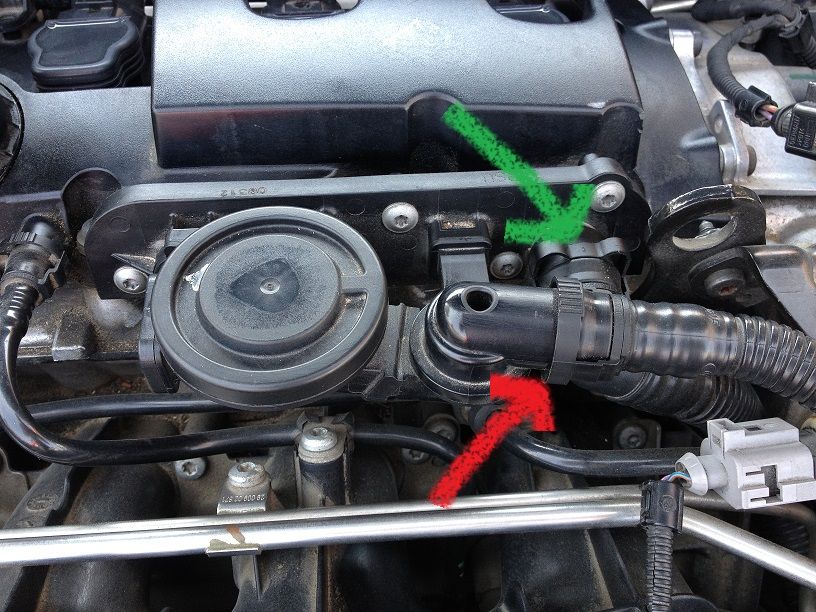I am planning on doing a compression check this weekend on my 07 GLI.
My only question is which fuse should I pull? The one for the fuel injectors? or fuel pump?
Also if you could direct me to the location (under hood or side of dash) I can figure it out from there.
I will be using the Craftsman compression test kit if that matters at all.
But if someone has done this before, maybe you can just give me a quick list of what to do just so I dont end up doing anything stupid, just in case :laugh:
My only question is which fuse should I pull? The one for the fuel injectors? or fuel pump?
Also if you could direct me to the location (under hood or side of dash) I can figure it out from there.
I will be using the Craftsman compression test kit if that matters at all.
But if someone has done this before, maybe you can just give me a quick list of what to do just so I dont end up doing anything stupid, just in case :laugh:








